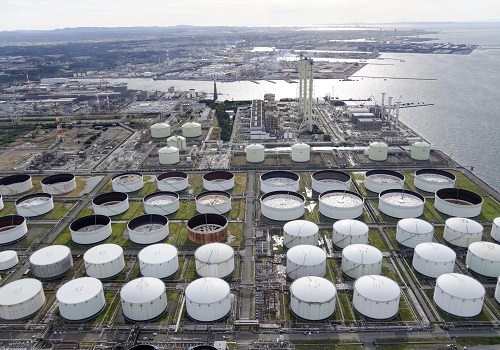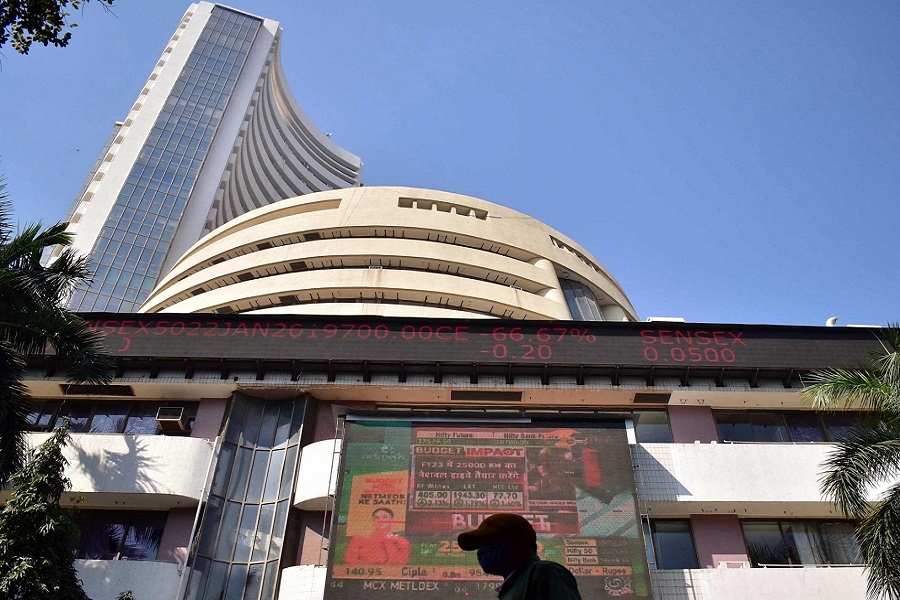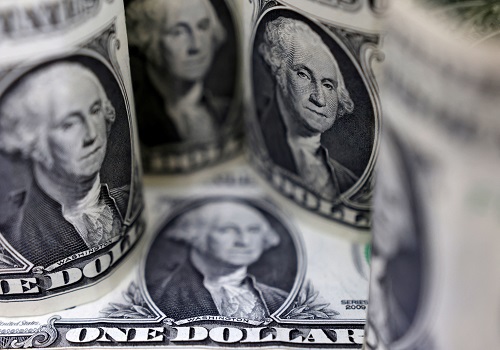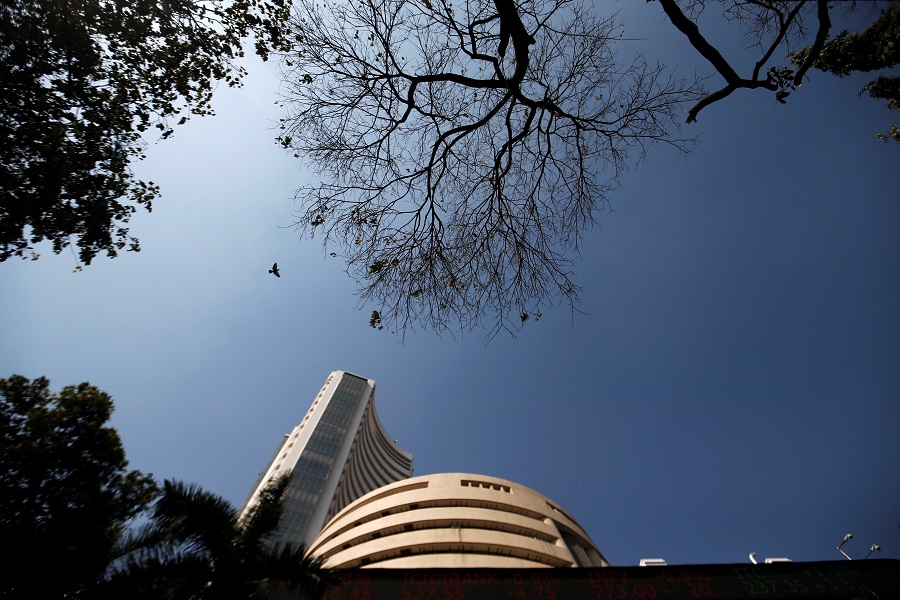Consumer Goods Sector - Commodity price inflation shot up after softening temporarily By Motilal Oswal
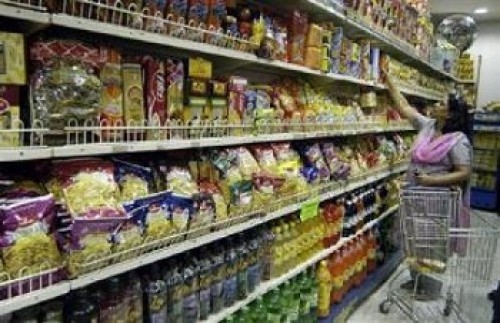
Commodity price inflation shot up after softening temporarily
In this sector update, we analyze the price movements of key commodities and identify companies under our coverage that could benefit from or be impaired by them.
Agri and non-agri commodity prices increased moderately in 3QFY22, before stabilizing towards the quarter end
* The high 3QFY21 sales base for companies under our coverage may pose a challenge from a topline perspective. Nevertheless, discretionary categories are likely to report strong growth aided by improving mobility, a good festive season, and expected pent-up wedding demand. The management teams of a few companies are anticipating a brief slowdown in rural demand, which is likely to dent the growth prospects for the consumer companies with a sizeable rural customer base. With commodity inflation refusing to ebb even in 3QFY22, we expect most of the companies under our coverage to see a YoY contraction in their gross margins. To combat the higher input costs, companies continued to take price hikes during the quarter; however, the effects will materialize with a lag. Even as the nationwide vaccination drive continues in full swing, early fears of a new COVID wave are beginning to brew. However, we believe companies are better equipped now, than in the past, to handle such disruptions.
* Crude prices inched higher but moderated towards the end of 3Q: Crude prices continue to rise sequentially (+9.2% QoQ in 3QFY22). The increase is even sharper versus 3QFY21, with prices being 78.6% higher YoY owing to the low base of 3QFY21 (average of USD44.6/bbl). However, in recent weeks, crude prices corrected 10% MoM to USD73/bbl (monthly average for Dec’21 to date).
* The agri commodities basket continued to inch higher but appeared to have stabilized in Dec’21: Prices of palm oil, SMP, and barley saw a double-digit sequential rise along with wheat and cashew prices that registered sequential growth. Palm oil price rose 53.9% YoY and 16.9% QoQ in 3QFY22, touching a fresh high of MYR5,444/MT in Nov’21. At MYR4,838/MT, current palm oil price has receded from its peak but remained elevated nonetheless. SMP price is moving upwards and has risen 19.7% YoY and 14.7% QoQ in 3QFY22. Barley price has continued to inch upwards recording a new high of INR2,397/quintal in Dec’21. Tea price has corrected sharply by 12.3% YoY and 2.7% sequentially in 3QFY22.
* Non-agri commodities basket continues to witness sharp inflation: Price of vinyl acetate monomer (VAM) recorded the sharpest increase (+142% YoY and +42.4% QoQ) until Nov’21 with prices averaging USD2,700/MT for QTD 3QFY22. Titanium dioxide (TiO2) price has continued to rise sharply (+61.2% YoY and +28.6% QoQ) in 3QFY22. Price of palm fatty acid distillate (PFAD) rose 54.5% YoY and 17.3% QoQ. Gold price (MCX) declined 4.9% YoY, but was flat QoQ.
* The entire commodity cost basket, on an average, witnessed some degree of inflation (+33.5% YoY/+8.3% QoQ). While the agri basket saw moderate sequential inflation (+18.8% YoY and +5.5% QoQ) – mostly driven by higher palm oil, SMP, and barley – prices seem to have stabilized in Dec’21. The non-agri basket, however, continues to see sharp inflation both on a YoY (+57.2%) and sequential (+ 12%) basis.
Impact on our top picks: GCPL, BRIT, DABUR, HUVR and MRCO
* GCPL: Higher palm oil prices are expected to impact GCPL’s 3QFY22 margin (YoY), as prices remain elevated. Mix improvement along with some price hikes taken (albeit with a lag) should offset higher raw material prices to some extent as long as palm oil prices do not continue to rise. Other commodity costs, however, continue to remain manageable.
* BRIT witnessed inflation in its major raw materials in 3QFY22. Higher prices for edible oil, wheat, sugar, and SMP (to some extent) are likely to put pressure on its margins as biscuits account for >80% of its sales. One major reason for rising input costs was delayed Rabi sowing in this season. According to our channel checks, BRIT initiated some meaningful price hikes and grammage reduction initiatives during the quarter, in line with management commentary.
* DABUR: Higher crude price-related packaging costs are likely to put some pressure on its 3QFY22 gross margin. DABUR had already taken price hikes across segments in 2QFY22 to offset higher raw material costs. This move along with targeted FY22 cost savings amounting to ~INR1b should protect its margins from eroding.
* HUVR: While palm oil price has retreated from its last-month peak, it remains at an elevated level. Tea price continued to soften with the arrival of the new crop in Jul’21, in line with management’s earlier guidance. HUVR took another round of price hikes in 3QFY22, which should partly offset input cost inflation QoQ.
* MRCO: Input costs continue to ease in 3QFY22 (data available up to Sep’21). Copra price was 8.8% lower sequentially underpinned by a good harvest. Some of the earlier price increases taken by MRCO should help to bolster its margins.
Other materially impacted companies: APNT, PIDI, NEST, HMN, and UBBL
* APNT and PIDI: VAM price continued to surge (+142% YoY and +42% QoQ) and is likely to impact PIDI negatively, as it is a key raw material. TiO2 (a key raw material for APNT) and crude prices too are seeing inflationary trends both on a YoY and QoQ basis. Other crude-based raw materials for APNT are also likely to see double-digit inflation. However, the healthy sales growth outlook and steep price increases taken by both APNT and PIDI will offset some negative impact on their EBITDA margins, as would the cost reduction measures.
* NEST: SMP, a key raw material for NEST, has seen prices rising nearly 15% sequentially. Along with sequentially higher palm oil and wheat prices, NEST’s 4QCY21 margins are expected to come under pressure.
* HMN is likely to be a key beneficiary of the ongoing decline in mentha oil costs. However, there have been inflationary pressures in other input costs.
* UBBL and GSKCH: Sharp increase in barley costs could affect the gross margins of UBBL and GSKCH (now merged with HUVR). However, discussions with the UBBL management indicated that advanced purchases of barley earlier in CY21 would restrict the margin erosion. However, if barley price sustains at this higher level, UBBL’s FY23 margins may come under pressure.
To Read Complete Report & Disclaimer Click Here
For More Motilal Oswal Securities Ltd Disclaimer http://www.motilaloswal.com/MOSLdisclaimer/disclaimer.html SEBI Registration number is INH000000412
Above views are of the author and not of the website kindly read disclaimer

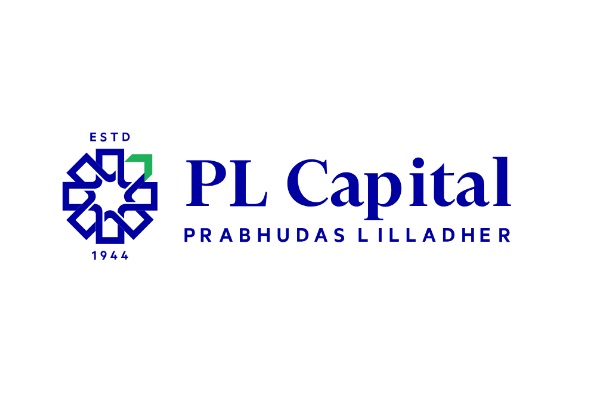
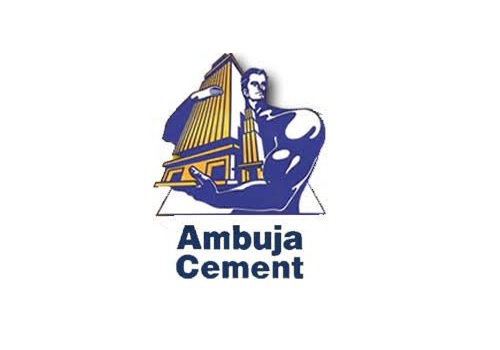

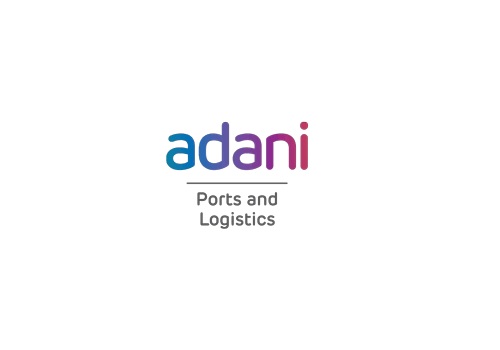
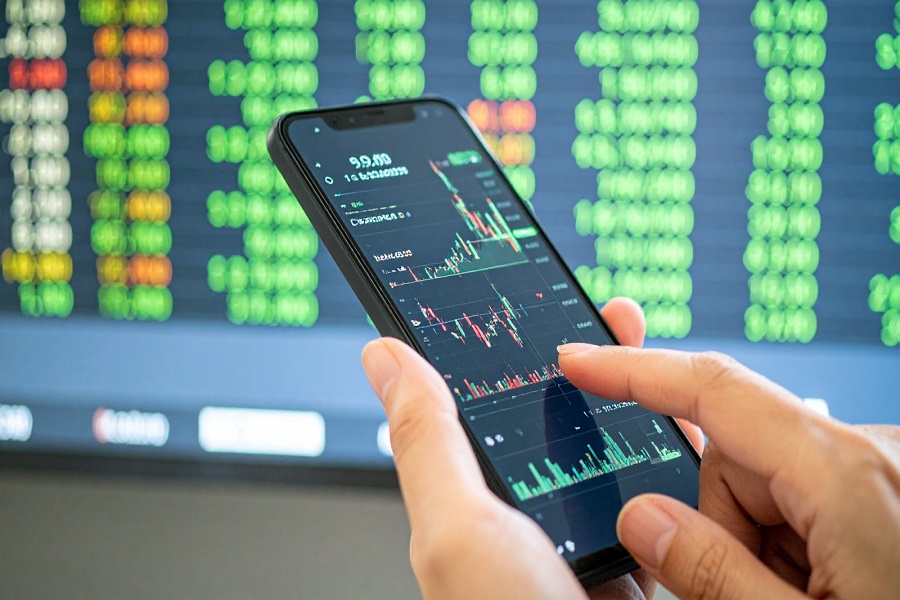


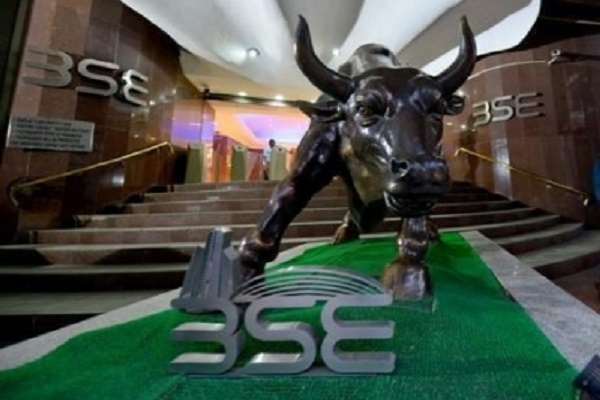

Tag News
More News

Insurance Sector Update: Q1FY26 Preview: Slow start, as expected; likely revival in H2 by Em...

